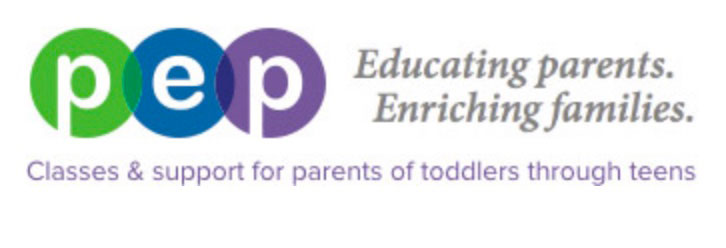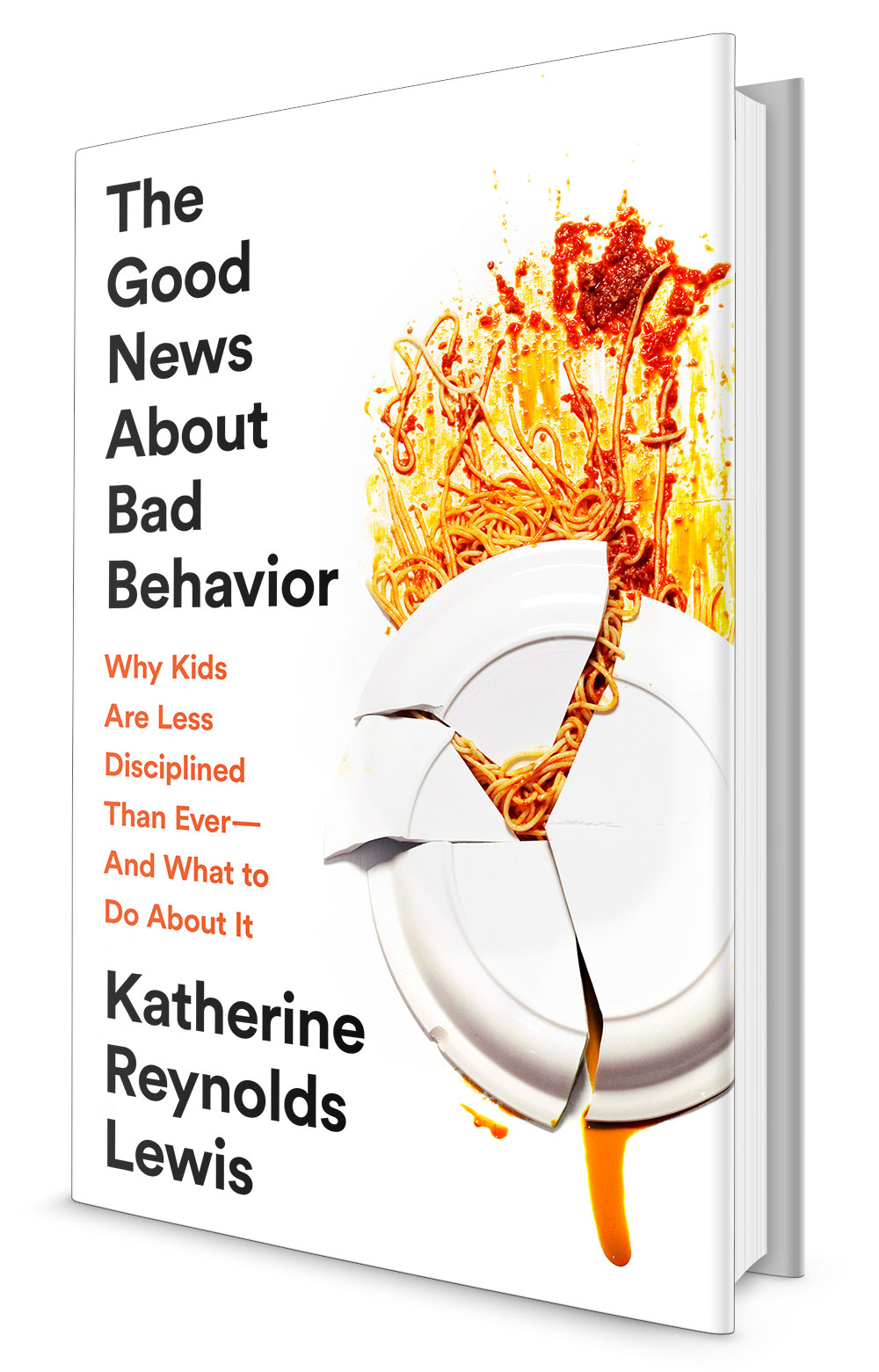I am happy to share that I recently accepted a volunteer Board of Directors position with PEP, the Parent Encouragement Program, and am chairing their marketing committee to help their incredible team find new ways to reach even more parents than the 11,000 they’ve served to date. For years, I have been a PEP student and fan and have happily promoted PEP’s value to fellow parents. I’m very excited to be more involved, and look forward to bringing MomTini readers more “tips and tools for the business of motherhood” through my new role at PEP. I’ve always been a firm believer that parenting education is mom & dad’s way to “hit the reset button” and learn new ways to parent and share ways we can connect more closely to our wonderful children.
I joined a teleconference with Dr. Tina Payne Bryson, best-selling author and PEP’s Noted Author Speaker this year. Bryson is co-author (with Dan Siegel) of “No-Drama Discipline: The Whole Brain Way to Calm the Chaos and Nurture Your Child’s Developing Mind” and “The Whole-Brain Child: Revolutionary Strategies to Nurture your Child’s Developing Mind.” A researcher, parenting educator, and psychotherapist, Bryson has studied the theory and science of how brains work so that parents can understand how to most effectively work with their kids. In business terms, it’s understanding the mindset of our client. We wouldn’t storm into a boardroom making all kinds of new demands if our team was focused on tomorrow’s presentation. Yet we expect our kids to be “at the ready” for our messages 24/7. I remember growing up myself and advising my siblings to consider “aperture” when asking for things…it’s so much more than the “ask” – it’s how and when you ask for something, and most importantly, as I see in Bryson’s research, the state of mind of your audience.
She insists that discipline’s goal is to teach, and that in order to learn, our child’s brain must be in the “receptive state.” By contrast, the “reactive state” isn’t productive to teaching/discipline, and if we insist on forcing communication, it’s like “poking the lizard.” Imagine the interaction, and think twice. So how we get our kids’ brains into this wonderful “receptive state” so we can have a productive dialogue? Bryson recommends that we “connect & redirect.” Calm/soothe our child, and show empathy, and take care of ourselves so we can be more effective. If we’re in the red zone ourselves, we need our own time out, and she says we shouldn’t be afraid to take it. In fact, by telling our kids what we’re doing, we’re modeling healthy conflict resolution.
Bryson also shared a “golden nugget” that has been incredibly successful with her patients: Kneel below your child’s eye level and say, “I’m right here.” She said that towering above a child is threatening and intimidating, and that by shifting our stance physically, we send a message that we’re ready to problem-solve.
She said that any physical discipline (spanking, etc.) has a host of issues, not to mention that research doesn’t show it to be effective. Further, since her perspective is brain development, she added that inflicting pain on a child creates confusion. “Our biological instinct is to go to our caregiver when something hurts. If the parent is the source of that pain, it creates confusion for the child,” she explained.
This is just the tip of the iceberg – she’s got lots to share, and I hope you’ll join me in this valuable chapter of “continuing education for parents.”
Dr. Tina Payne Bryson, 2014 PEP Noted Author Speaker








Leave A Comment